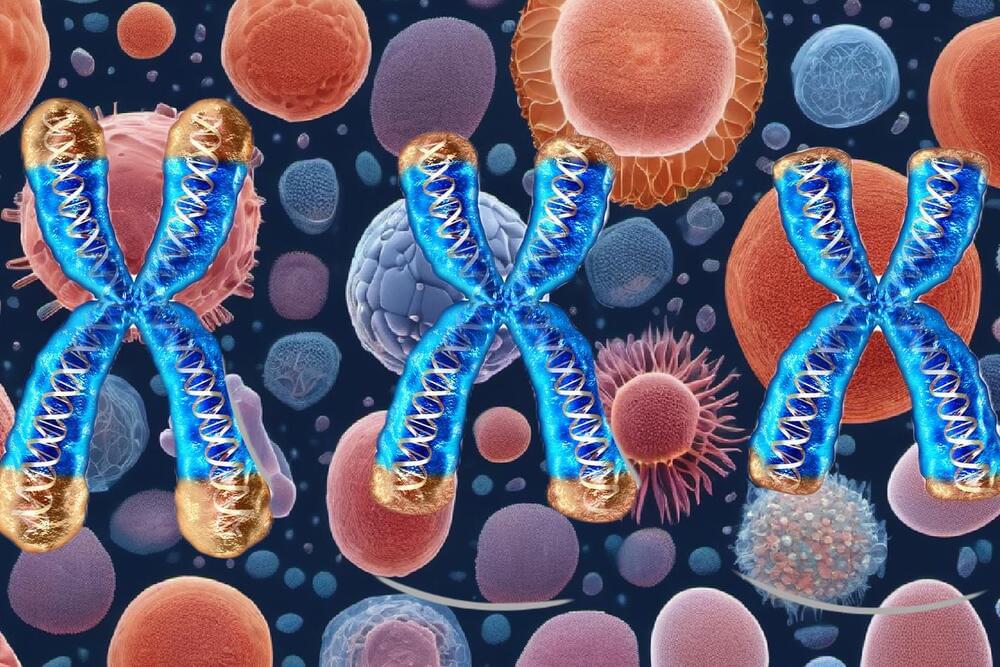Jun 27, 2024
About the compatibility between the perturbational complexity index and the global neuronal workspace theory of consciousness
Posted by Dan Breeden in category: neuroscience
This paper investigates the compatibility between the theoretical framework of the global neuronal workspace theory (GNWT) of conscious processing and the perturbational complexity index (PCI). Even if it has been introduced within the framework of a concurrent theory (i.e. Integrated Information Theory), PCI appears, in principle, compatible with the main tenet of GNWT, which is a conscious process that depends on a long-range connection between different cortical regions, more specifically on the amplification, global propagation, and integration of brain signals. Notwithstanding this basic compatibility, a number of limited compatibilities and apparent differences emerge. This paper starts from the description of brain complexity, a notion that is crucial for PCI, to then summary of the main features of PCI and the main tenets of GNWT. Against this background, the text explores the compatibility between PCI and GNWT. It concludes that GNWT and PCI are fundamentally compatible, even though there are some partial disagreements and some points to further examine.
Keywords: brain complexity; global neuronal worskpace theory; measurement of consciousness; perturbational complexity index; theory of consciousness.
© The Author(s) 2023. Published by Oxford University Press.

















